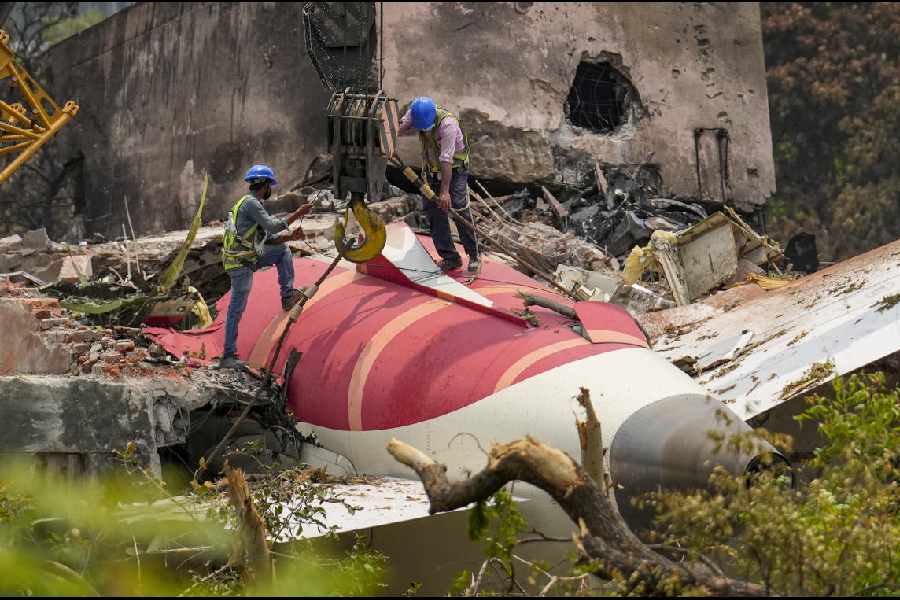 |
| Sir Dorabji Tata Park at Jamadoba in Dhanbad. Picture by Gautam Dey |
Dhanbad, Dec. 10: From wasteland to a green hub — the metamorphosis of Sir Dorabji Tata Park at Jamadoba in Dhanbad serves as a lesson on using industrial waste to create a piece of agricultural wonder.
The park, spread over 13 acres, was originally a subsidence area created due to indiscriminate mining. But, it was later turned into a piece of greenery with the help of fly ash — a waste product.
Now, it is dotted with rare varieties of plants and is the only place of recreation for people of the coal belt during weekends and holidays. It also has a play zone for children.
A large amount of water seeped through the cracks on the surface resulting in a goaf (crater-like zone) that posed a danger to underground mines of the colliery. Tata Steel at Jamadoba spent its own resources and funds to deploy at least three pumps to drain out the water from the underground mines.
The company then decided to use fly ash — a waste product from its 10MW captive power plant at Jamadoba — for filling the area. But before that scientists of Central Fuel Research Institute (now the Central Institute of Mining and Fuel Research on Barwa Road) conducted a thorough assessment of the likely impact of using fly ash.
After a go-ahead from them, the mineral was mixed with sand and used to fill the crater zone. The idea worked. And the experiment revealed that fly ash, though an environmental hazard, was suitable for growing plants as it was rich in calcium and phosphorous.
It took more than two years for Tata Steel to fill the area. Organic manure was mixed with the top layer of the soil to make it cultivable. In the final stages, decorative and fruit-bearing saplings were planted to make the land a piece of greenery.
More than five acres has been utilised for horticulture, agriculture and afforestation near pit number 3 of the same colliery. The technique involved placing layers of fly ash, mixed with sand and organic manure, as supplements of the land reclaimed for vegetation.
According to the general manager of the Jharia division of Tata Steel, C.H. Diwakera, the park has beautiful lawns, flowering and seasonal plants along with fruit-bearing plants like mango, guava, litchi, chiku, jackfruit. Some rare varieties like cactus have also been grown in a green house.
Today, more than 3,000 to 4,000 people visit the park on Sundays when it is open to public. It also houses a number of rides and other playing facilities for children.










